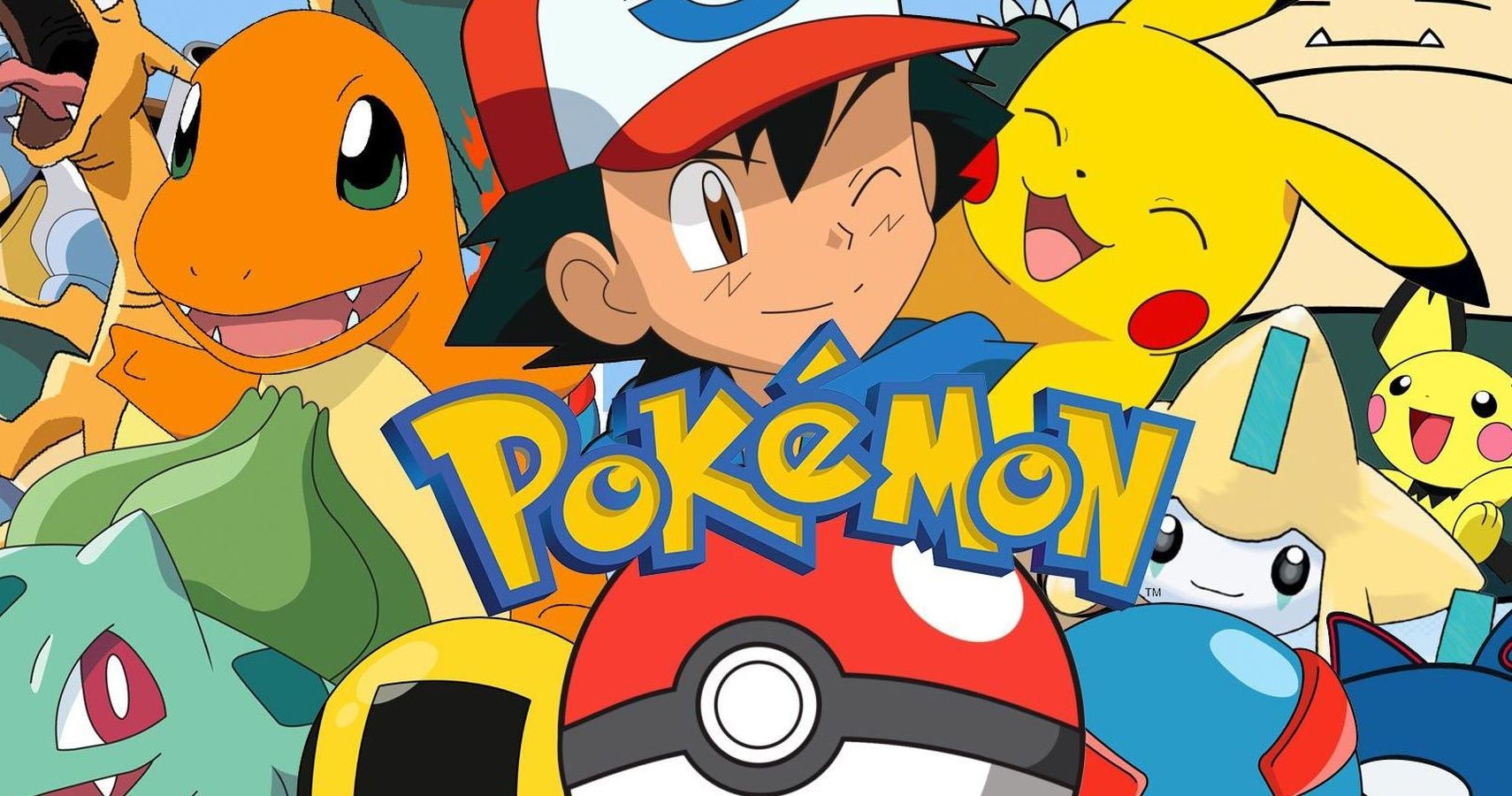
For casually being referred to as "baby's first JRPG" the Pokémon series typically has a decent amount of hours standing between you and the credits.
RELATED: 10 Surprising Things Pokémon Sword & Shield Taught Us About Pokémon Canon
While they certainly never hit the crazy 100-hour mark that games like Persona 5 do, the games still take a fairly decent chunk of time to play through. For this list, if a third entry or a "direct sequel" like Pokemon Black and White 2 have an equal hour count to the originals, they got lumped together.
Updated on February 18, 2021, by Reyadh Rahaman: In every Pokémon game, there are things that make it, and the generation it appeared in, unique. Regardless of how many hours a game takes to complete via a direct line from the beginning to the end, there are variables present. Especially since this series always puts a focus on catching all of the pokémon, which can take well over 100 hours for the truest, most dedicated Pokémon trainers.
14 Pokémon Sword and Shield (24.5 Hours)
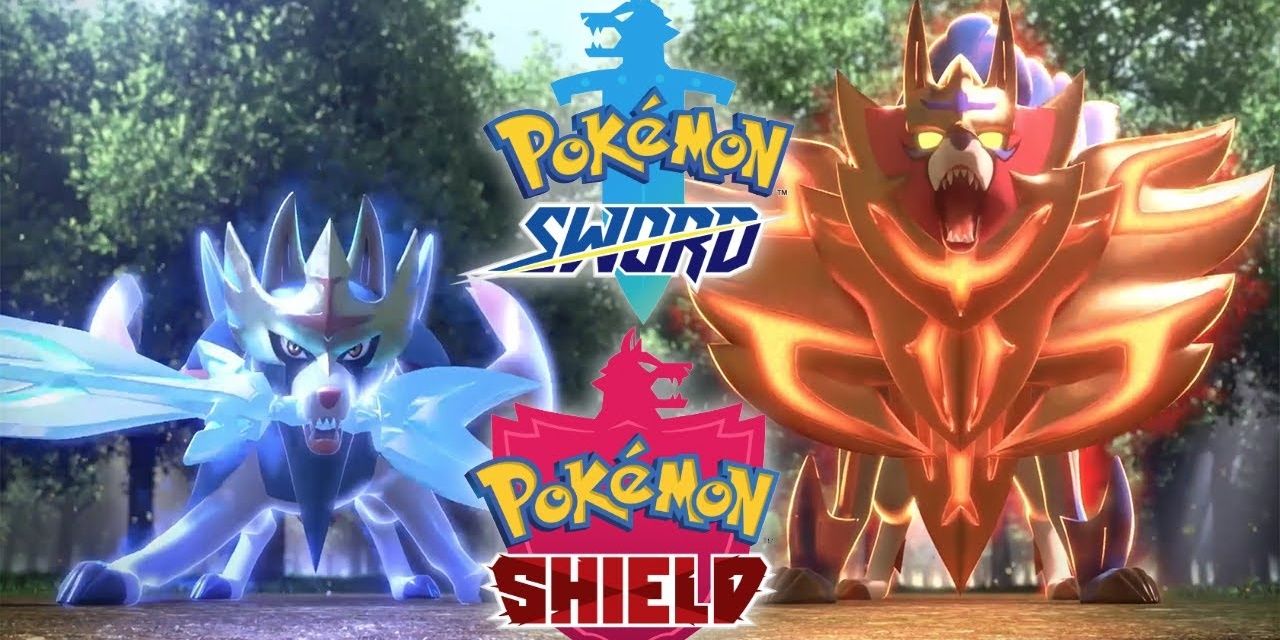
The latest release and the first one to be on a home console instead of a handheld is the shortest. While hour count does not directly translate to quality, the games do feel very light on content, especially compared to earlier entries in the series.
There are several story beats in the game where the main character is told to not worry about some side thing and to just continue on their journey, in a genre where the side things are always the most interesting.
Pokémon Sword & Shield were the games to introduce the mechanics known as Gigantamax and Dynamax pokémon. This allowed trainers to catch, battle, and train their own Kaiju-sized pocket monsters. Many people claim that this is a cheap gimmick that is simply meant to wow newcomers to the games yet these same people are unaware that the entire franchise is inspired by super-sized monsters doing battle and was once planned to be such a game. These colossal, new forms are a way for the developers behind the Pokémon series to incorporate an idea they've had for a very long time.
13 Pokémon Omega Ruby and Alpha Sapphire (25.5 Hours)
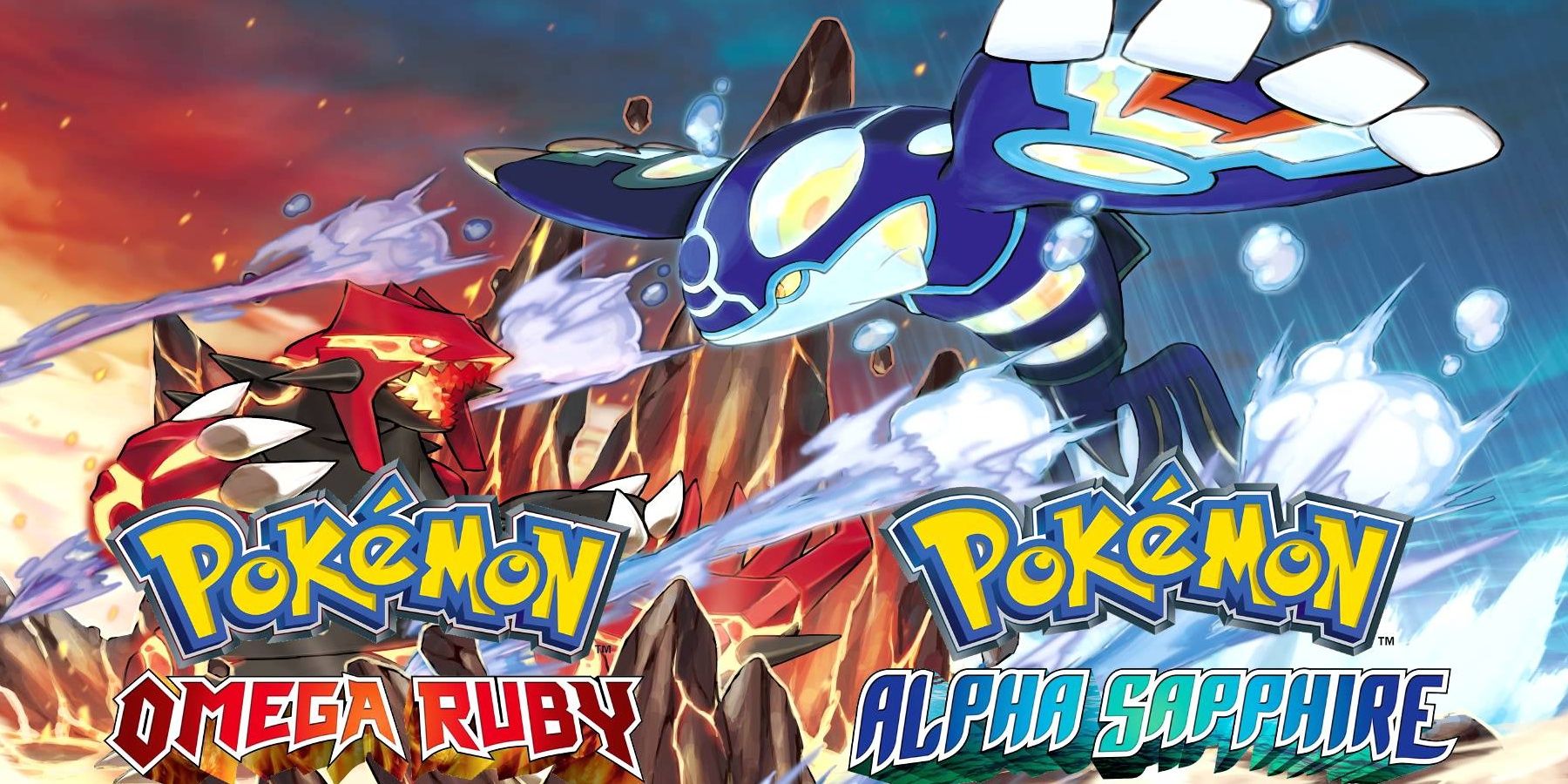
While streamlining old games for remakes and remasters is important, it also shows exactly how much time is spent in the old Pokémon games doing stuff that is no longer considered part of the game.
Pokémon Omega Ruby and Pokémon Alpha Sapphire have a considerably shorter average completion time, roughly 10 hours shorter.
Many fans were disappointed by the lack of content and the streamlining, as it felt more bare-bones. Whenever content is removed in remakes of games, there is always a debate on whether the change benefitted the game or not, and in this case, the removal felt like the developers cut content due to time constraints, or some other logistic issue, as opposed to a purposeful cut. However, the addition of primal forms for Groudon and Kyogre gave fans two of the coolest and most powerful Pokémon in the entire series, which no one is complaining about.
12 Pokémon Red and Blue (26 Hours)
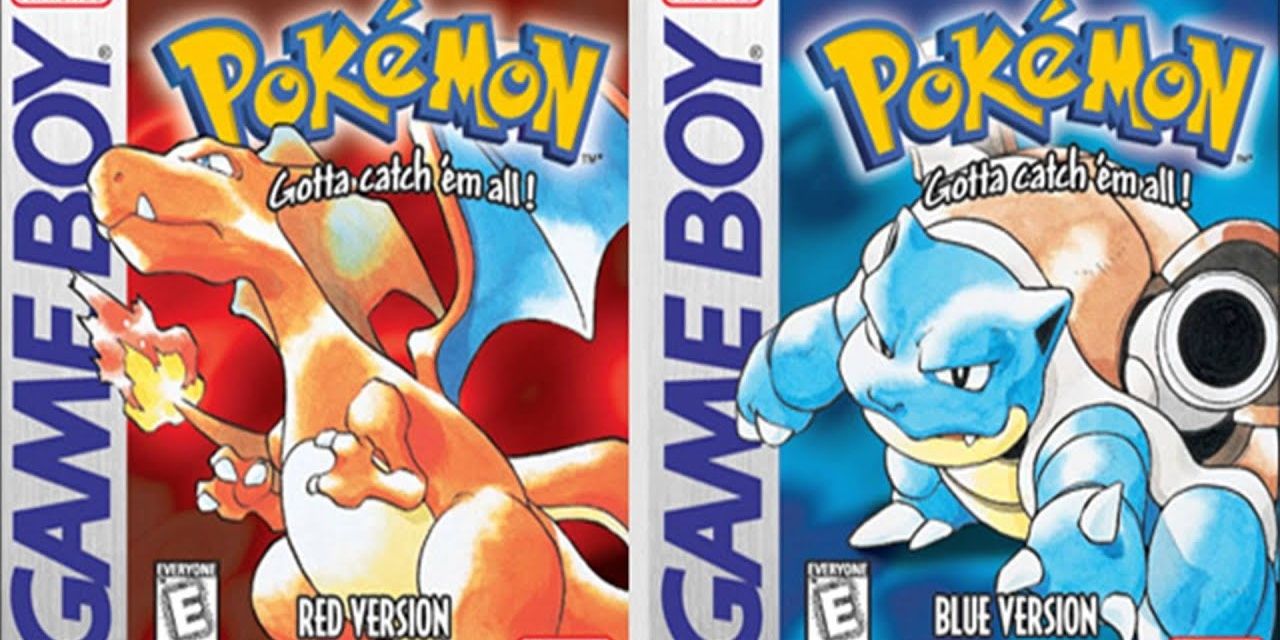
The original games in the series came out at a time when games were significantly shorter than they are in the modern age, on average at least.
The original pocket monster adventure, traveling through Kanto for the first time and encountering a large variety of different animals, is the game that got people into the series in the first place.
With fewer resources to aid young trainers in their journey, a lot of Pokémon Red & Blue's gameplay involved players using trial and error to figure things out. Furthermore, with none of the quality-of-life aspects that appeared in later games, gamers would have to sometimes go about insane tasks, like fighting a team of Rock-type Pokémon with no Grass or Water-types or wandering the entirety of a dark cave without the HM that grants the move Flash to illuminate surroundings.
11 Pokémon Yellow (28 Hours)
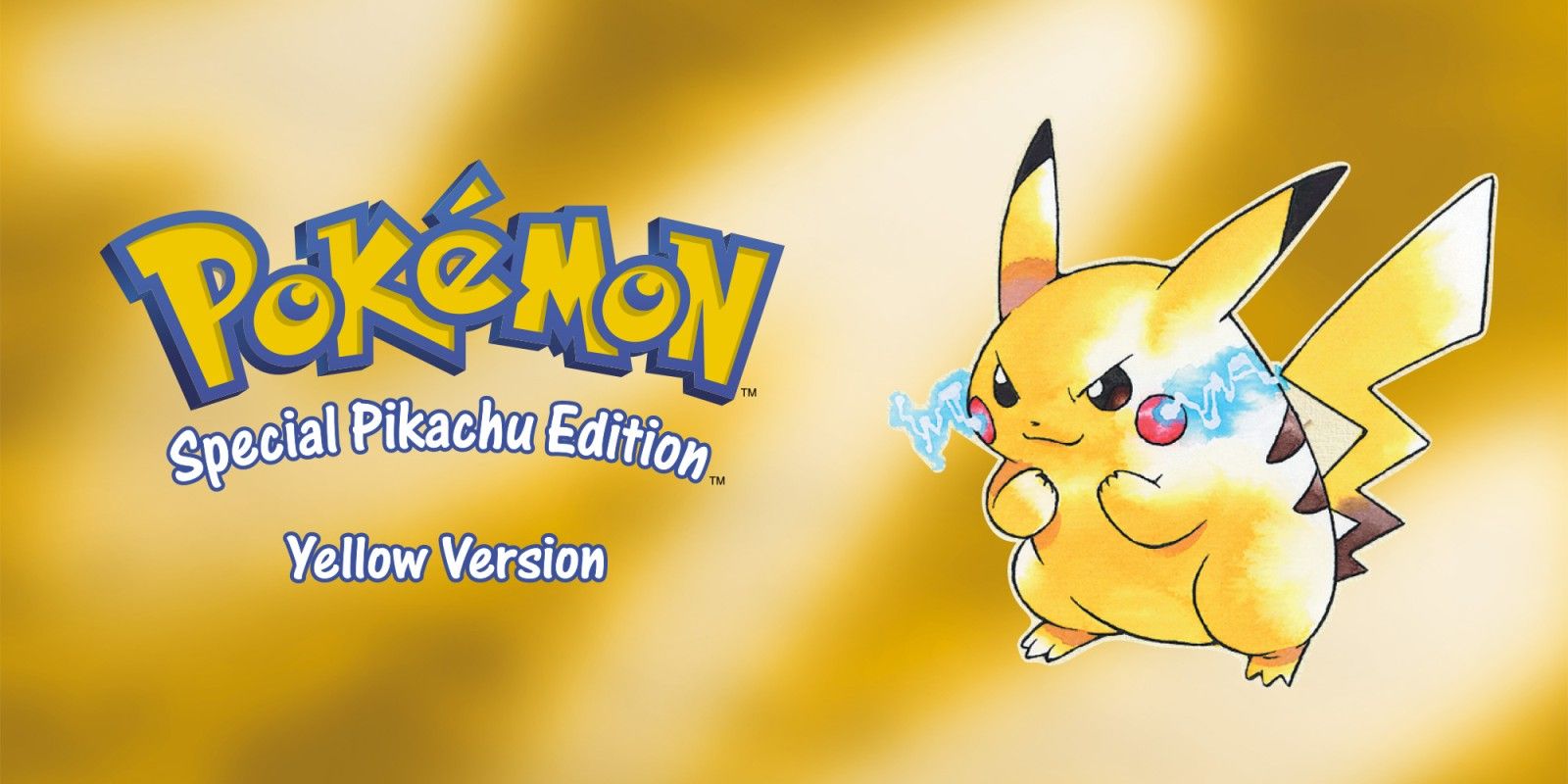
Setting the tone of the series release schedule early on, Pokémon Yellow is the first enhanced third entry that the series got, even before the second generation.
RELATED: Pokémon Sword & Shield: Every City & Town In Galar, Ranked
The game was loosely based on the anime with the starter Pokémon being Pikachu and some story elements being slightly different than the original games, adding a couple of hours to the length.
One thing that stood out the most about this version of the Gen I games is that there were many unique mechanics revolving around the player's starter Pikachu. They could follow the trainer around, outside their pokéball, just like the Pikachu Ash was partnered with in the anime. There were also many instances where the player could interact with their Pikachu that allowed gamers to get more immersed than possible in the Red & Blue versions.
10 Pokémon FireRed and LeafGreen (29.5 Hours)
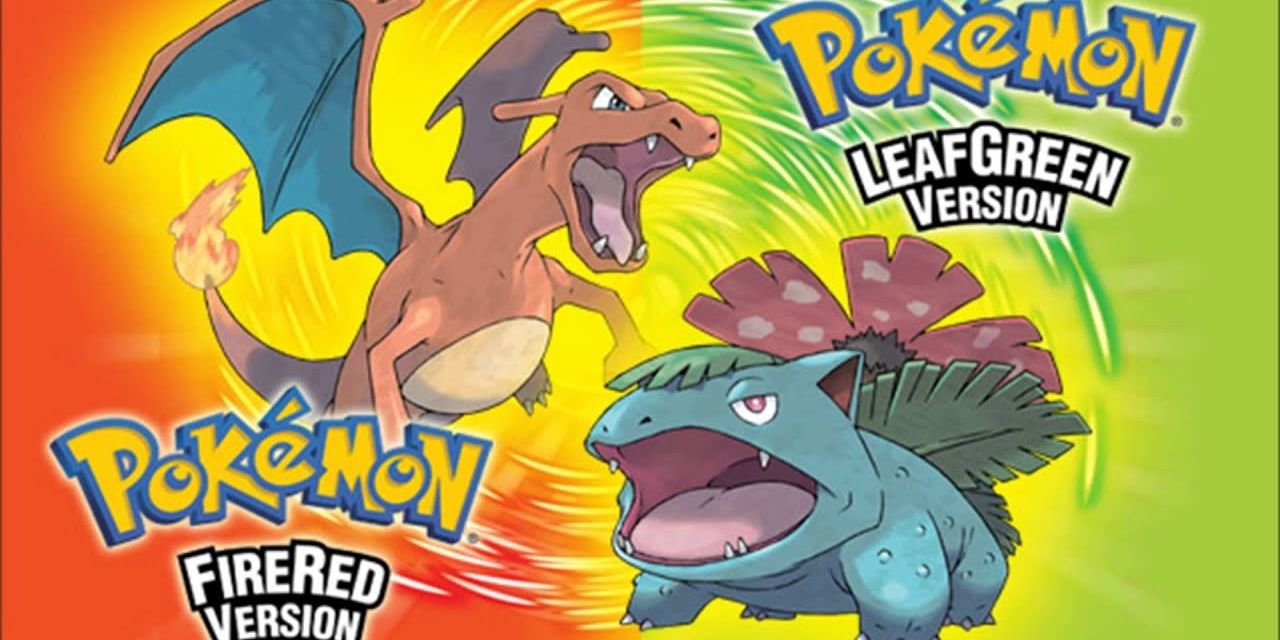
The first time they decided to remake the games (or at least update them for modern handhelds), these games are incredibly close to the original games, with all the bells and whistles the series had picked up on the way.
The games came out slightly longer than the originals with some extra "side quest" to pad out the length. If anything, the series has been consistent out the gate.
There was also the inclusion of many aspects from the Gen II and Gen III games that made Kanto feel a lot more natural and fun to explore, like all the moves, the updated graphics, the inclusion of held items, and much more. FireRed & LeafGreen were the first remakes and they set the bar for all future ones.
9 Pokémon Gold, Silver, and Crystal (30.5 Hours)
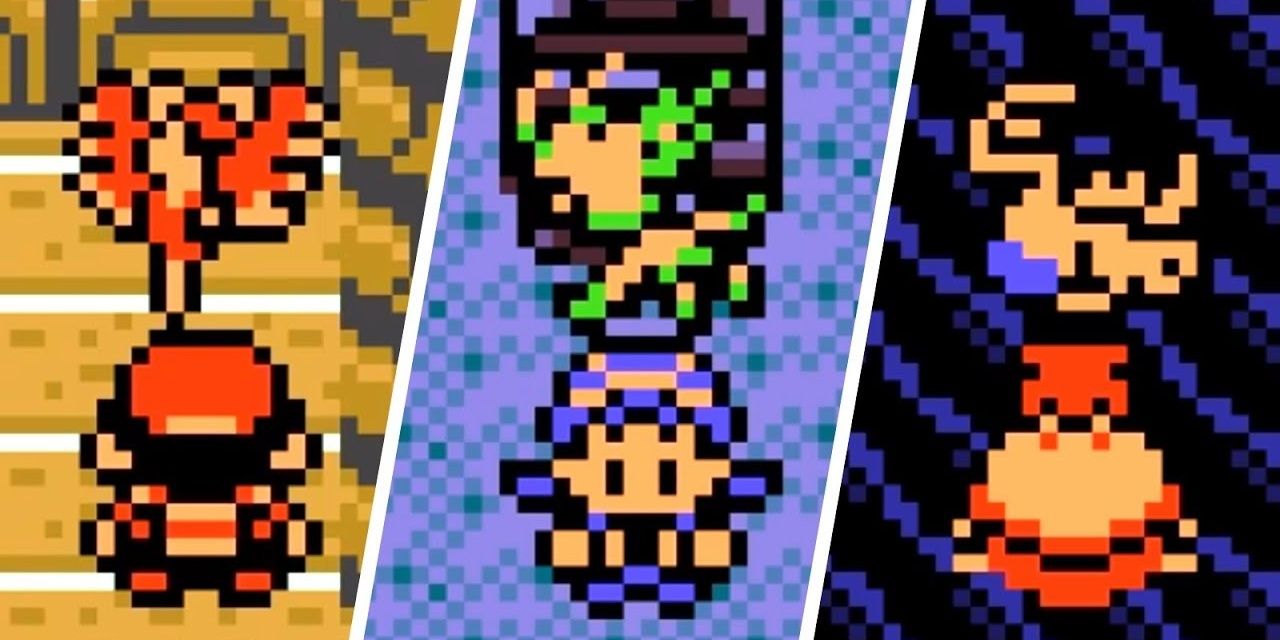
While Pokémon Crystal is a slightly different game than the first two entries in the generation, the average completion comes out the same, which means it has different content instead of more.
In addition to that, these games are far more massive than the others since the entire Kanto region is the post-game content, but since it's post-game, it doesn't count towards the main completion time.
The Gen II games were the first to include a day and night cycle, as well as mechanics that became tremendously important staples in the series, like all breeding mechanics, happiness-related evolutions, held items, and a lot more. The added memory available to the developers allowed them to go nuts with adding cool content as well as the color data that the Game Boy Color was known for.
8 Pokémon Emerald (30.5 Hours)
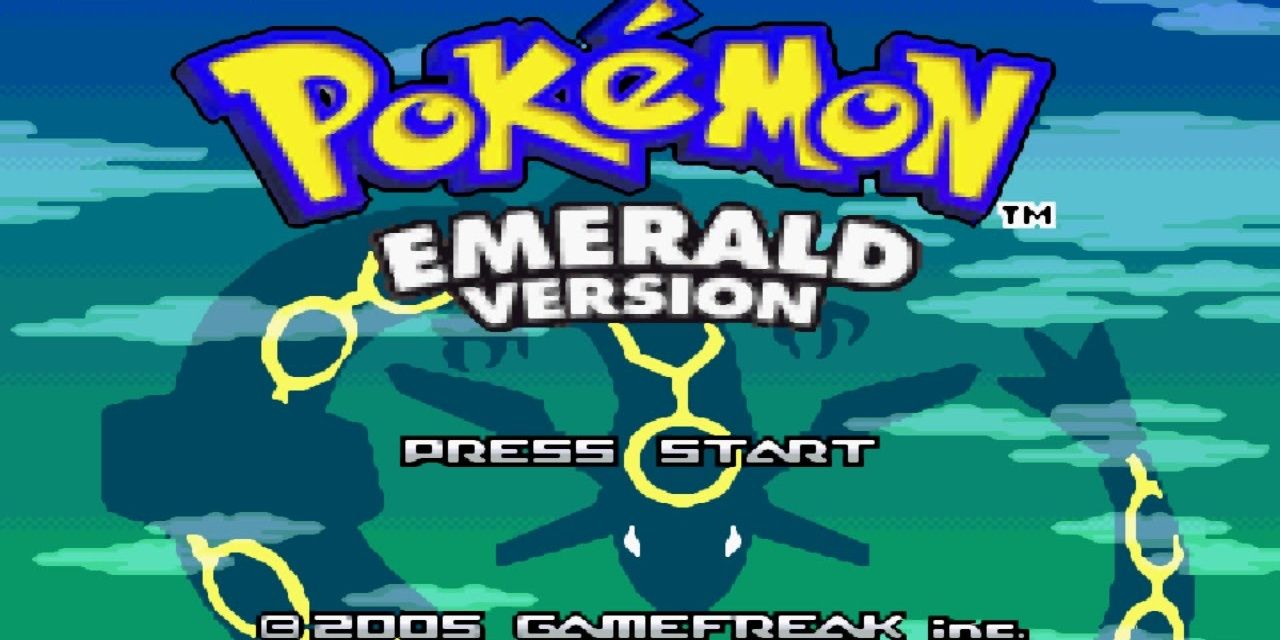
The third entry to Pokémon Ruby and Saphire, the game comes in slightly shorter, a combination between a slightly modified story and perhaps players coming in from the original two being able to beat the game faster since they already know most of the story beats.
The only other important note is that it features one of the coolest legendary Pokémon ever, Rayquaza.
Pokémon Emerald gave players a bit of a different perspective with the happenings of the Gen III games, allowing them to understand the lore of the world and the motivations behind both antagonistic teams better. The focus on the fan-favorite legendary Rayquaza also helped to solidify this title as one of the most memorable in the franchise.
7 Pokémon Black and White (32 Hours)
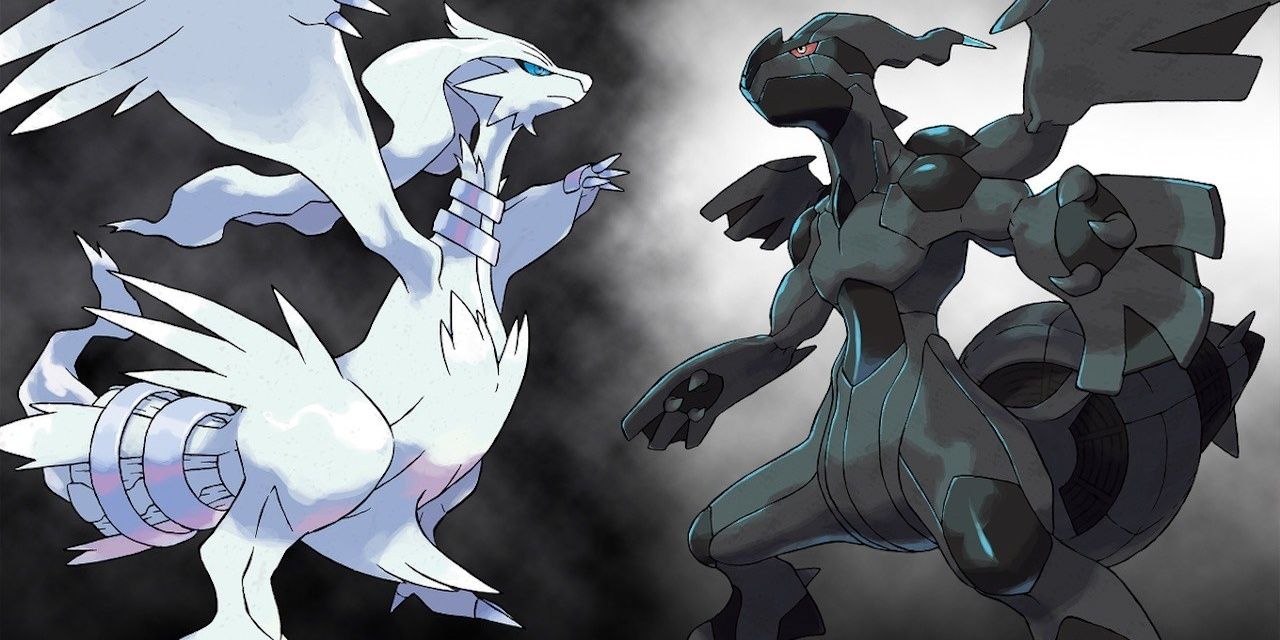
This game tried to "soft reboot" the series in a sense, with only new Pokémon catchable in the region. The game also hints at a mature topic for the story, with the villains questioning the relationship between Pokémon and people.
RELATED: Pokémon: The 15 Best Fire Moves, Ranked
This game is an excellent starting point for people jumping into the series for the first time.
Pokémon White & Black were the first games in a generation after players could potentially have captured the "god" Pokémon Arceus. This left the developers with a bit of a struggle about what concepts should surround the Gen V games, though they thankfully found a reasonable topic: balance. Reshiram and Zekrom represent yin and yang, positive and negative energy, and Kyurem embodies the border between these forces: neutrality. This deeper take on the lore benefitted the series in that it let players think a bit more about the things they were experiencing in-game.
6 Pokémon (Ultra) Sun and (Ultra) Moon (33 Hours)
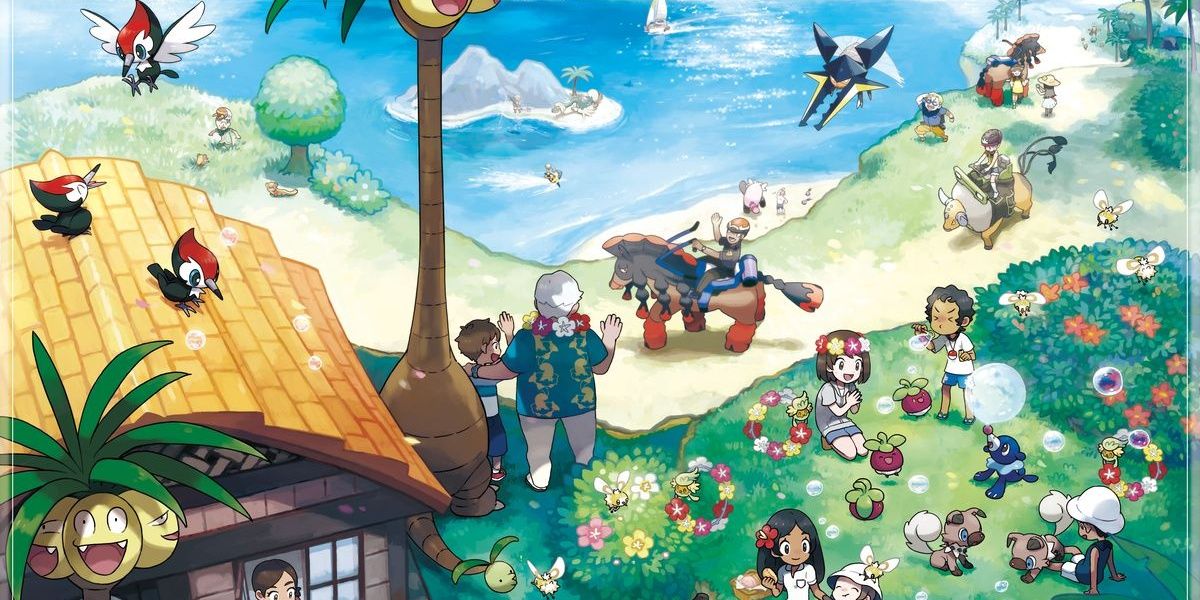
Despite the "sequel" games having entirely different stories and different Pokémon to catch, the completion time works out about the same, perhaps due to the environments being somewhat the same.
The games take place in the Alola region, with the originals focused on Lillie and her companion Cosmog, the sequels focused on other dimensions.
This generation introduced mega evolutions, which were a hotly-debated gimmick among fans. Many stated that the developers were running out of ideas and were beginning to steal concepts from rival franchises, particularly Digimon, despite the only real connection being the term "mega" and that this new stage of evolution extended the changes that could occur in a given evolutionary line.
5 Pokémon Black 2 and White 2 (34.5 Hours)
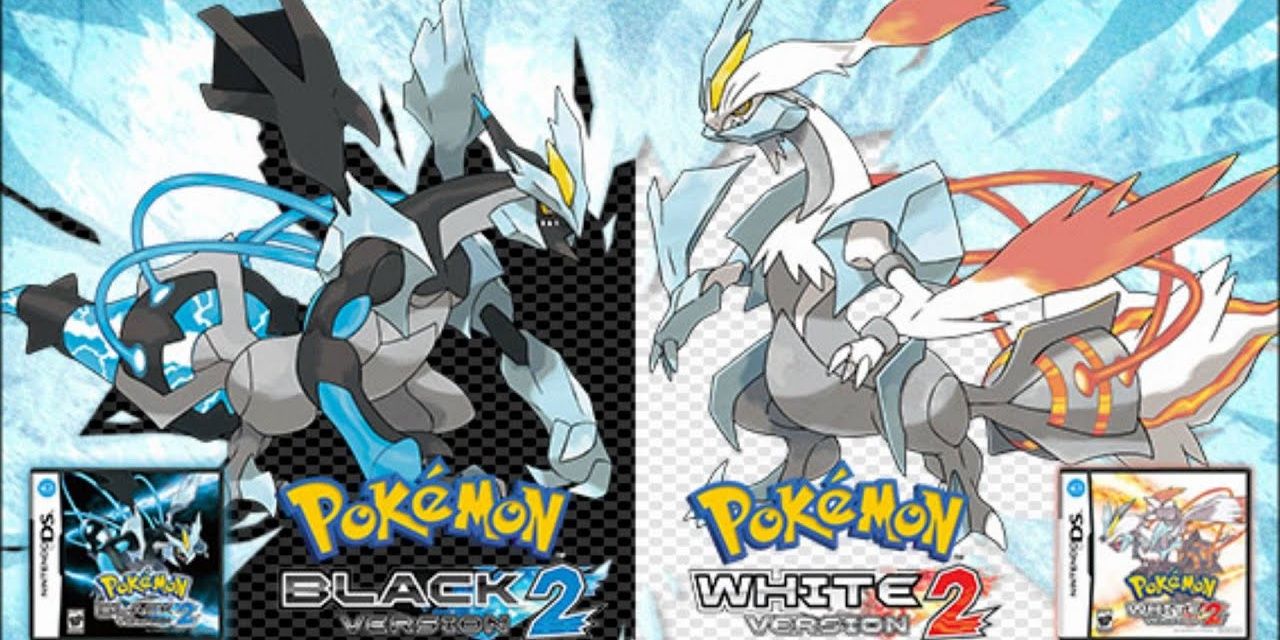
The first time in the series that a generation got direct sequels instead of a third entry, Pokémon Black and White 2 take place two years after the events of the original, with different parts of the region unavailable or now available to the player during the main game.
It also has the hard mode feature that many players wish was carried over into other games, although that feature was not available until after beating the game once.
The direct sequels started a trend for the franchise which results in players getting two new games instead of a singular third entry. This was also the first time that a follow-up game took place in the same setting, which made them feel like true sequels as opposed to the location shift common between many other games in this long-lived series.
4 Pokémon Platinum (35 Hours)
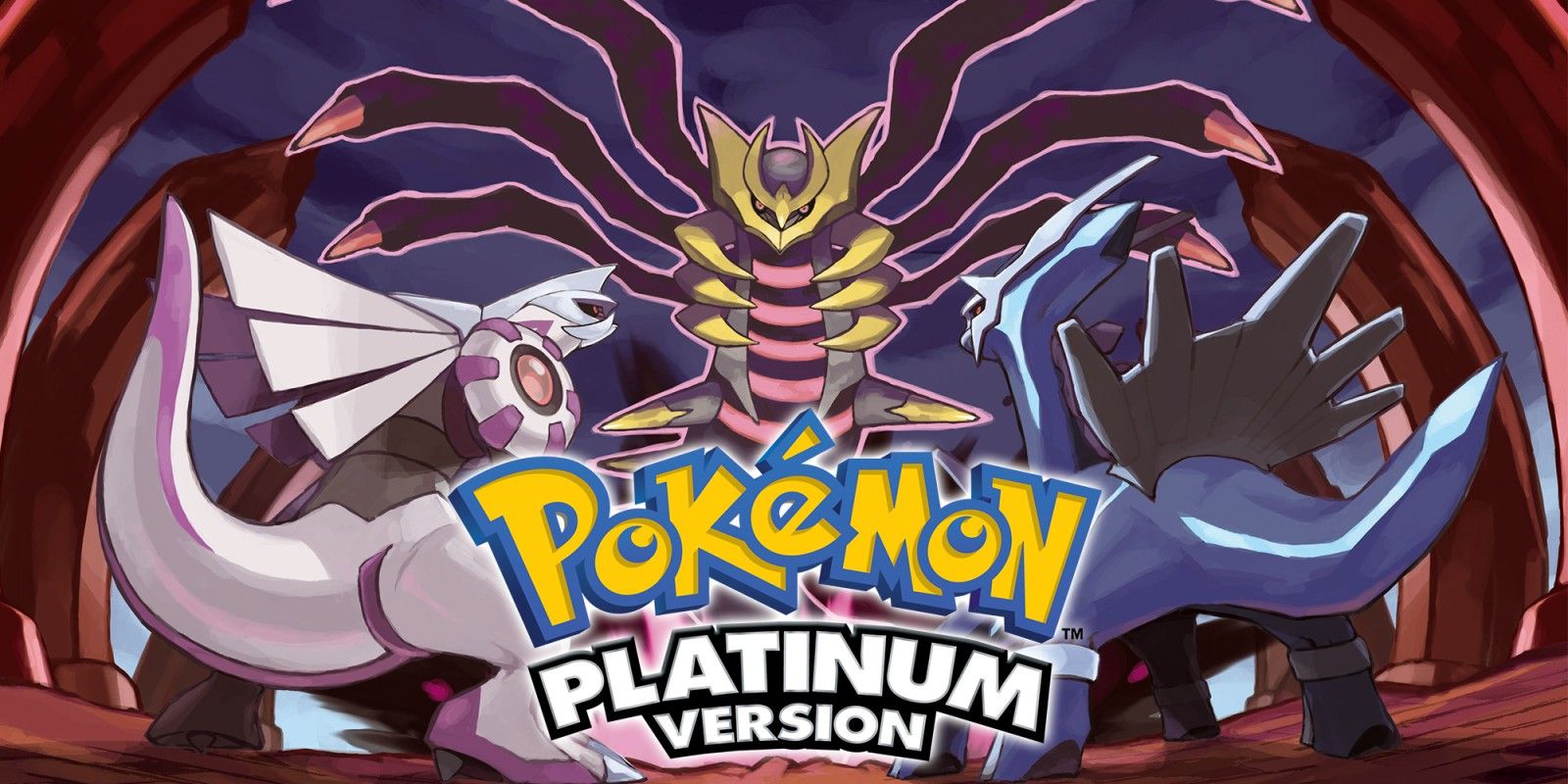
The third entry in the fourth generation taking place in the Sinnoh region, the game follows a plot where the power of Palkia and Dialga are awakened and used by Cyrus.
The three other legendaries Uxie, Mesprit, and Azelf appear with Giratina and drag Cyrus and the main character into the Distortion World, a trippy dimension where the player must defeat Giratina to restore balance to the region.
This alternate dimension, known as the Distortion World, offered bizarre new mechanics and forced the player to navigate a complicated area of platforms that were sometimes sideways or upsidedown. This was a far cry from any other area in the series, which caused it to stand out to players even years after their time in this weird realm. There were also some horror elements surrounding the Dragon and Ghost-type legendary Giratina, which was very unusual for the series yet chilled players just enough to be intriguing.
3 Pokémon Ruby and Sapphire (35.5 Hours)
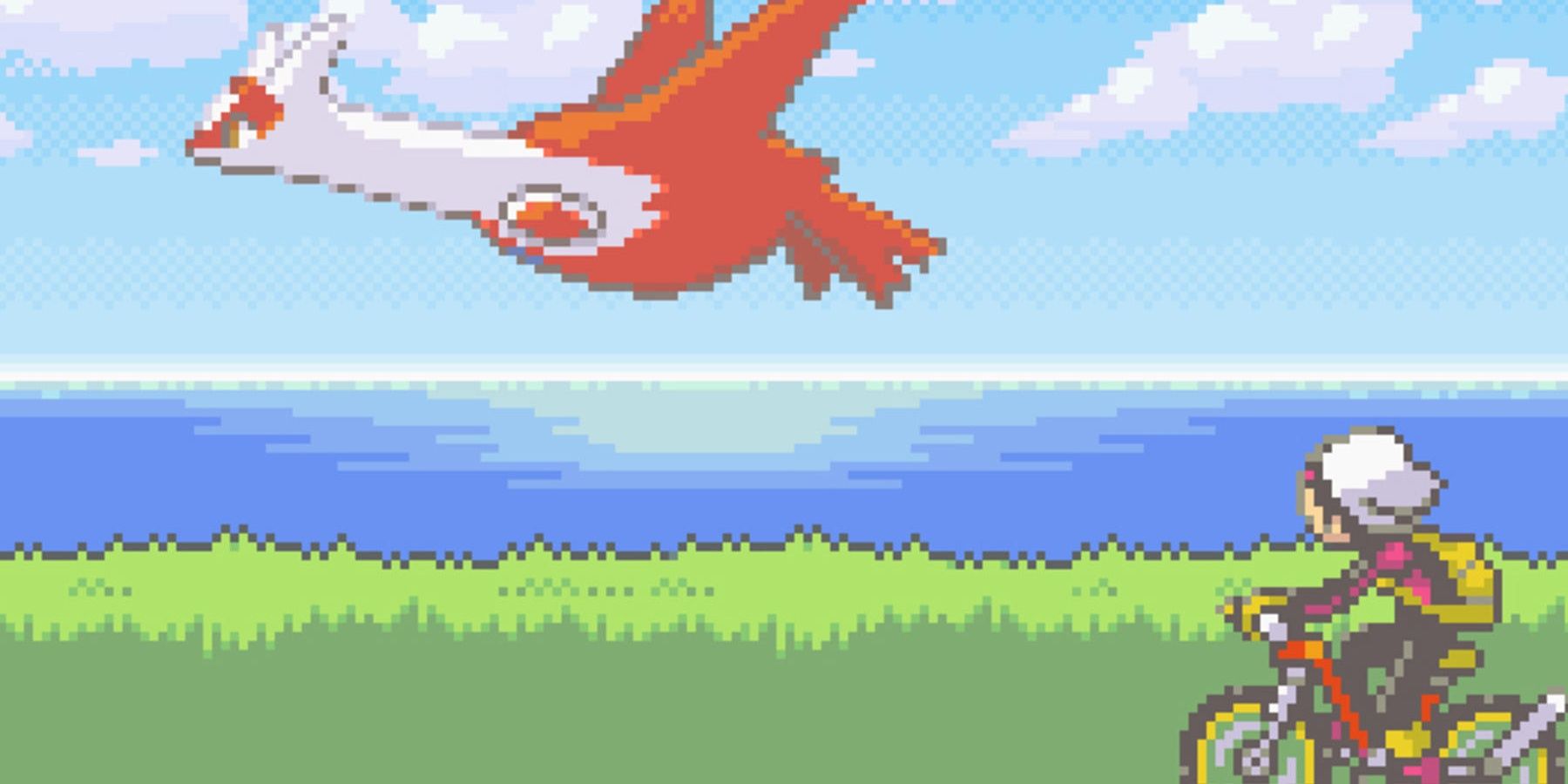
While it's not entirely clear why this game has a longer completion time than Emerald and the remakes, these games are still great.
RELATED: The 20 Biggest Pokémon Ever (From Smallest To Largest)
Featuring two entirely different groups of thugs and fairly different stories depending on which version you get.
These Gen III titles were the first Pokémon main-series games to appear on the Game Boy Advance. With the added power and performance of this handheld console, the developers were able to give players a fairly bigger map to explore than in previous games. There were also much more complex animations for moves, which allows players to not only feel more immersed in the world but awed them with impressively cool attacks.
2 Pokémon HeartGold and SoulSilver (39 Hours)
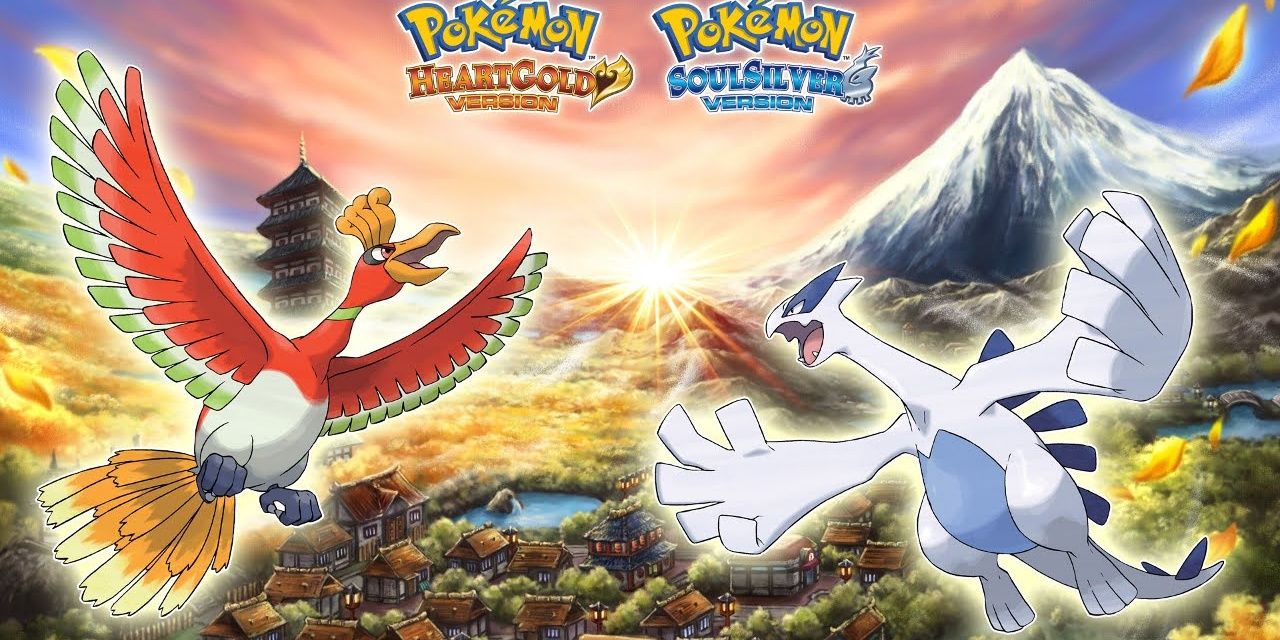
Perhaps the last remake that focused more on making a better version of the game instead of just streamlining with modern conveniences, these games are the best version of the best games in the series.
Packaged with the Pokewalker for some pre- Pokémon GO real-life interaction, the games had more features. The hour count still doesn't include the Kanto region available post-game making this a very full adventure.
With so much to see and do in the Johto region, players identify HeartGold & SoulSilver as appropriately being full of heart and soul. The minor details made traveling this region feel incredibly comfortable and nostalgic for players who had played the original Gen II games and made first-time trainers feel like they were entering a rich, diverse, and interesting world.
1 Pokémon Diamond and Pearl (41 Hours)
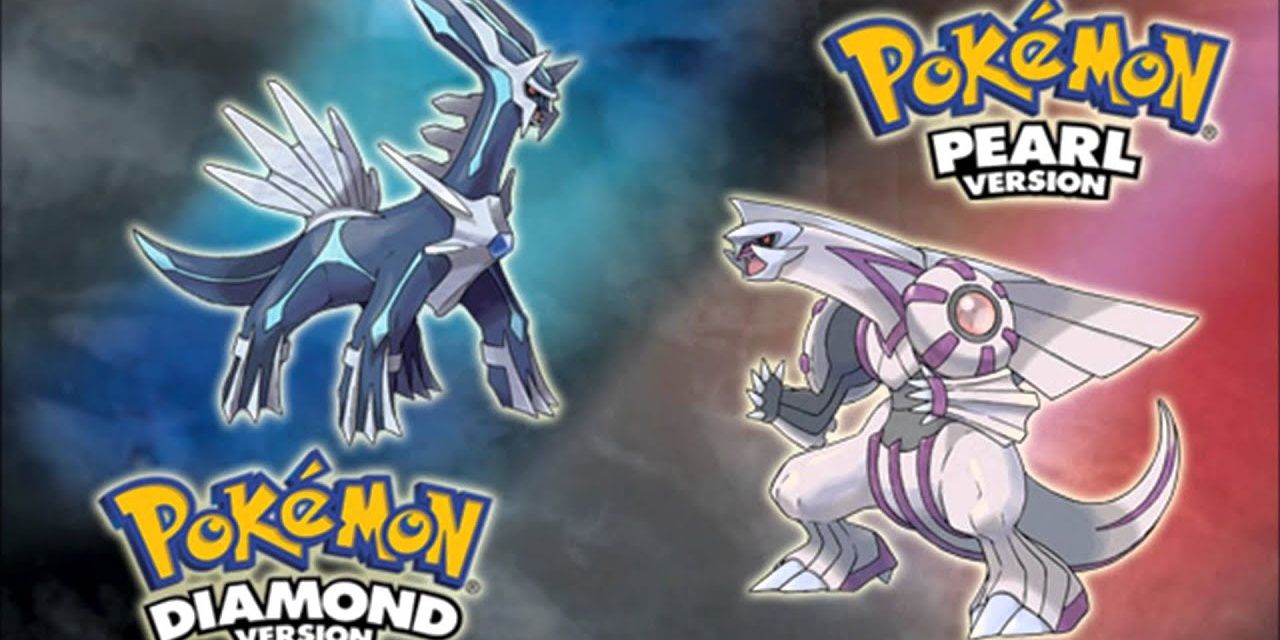
Game Freak came to the party when the Nintendo DS was released, bringing a brand new adventure to the console and one that felt like it was a generation jump.
The game featured updated graphics and better battle animations, but it also featured a massive region with a story that, at its core, was the same as the other games but told well enough to be enjoyable. The game also had plenty of awesome Pokémon and cool side activities.
The most significant aspect in terms of battling occurred in this generation as well. Pokémon Diamond & Pearl introduced a split between physical and special moves that allowed formerly nonsensically special moves like Fire Punch and Crunch to become physical. The same could be said in reverse for a few other moves. This allows for a whole new level of immersion for players as well as a huge change-up to the competitive Pokémon scene.
NEXT: Pokémon Sword & Shield: 5 Reasons We Love Automatic Exp Share (& 5 We Hate It)

